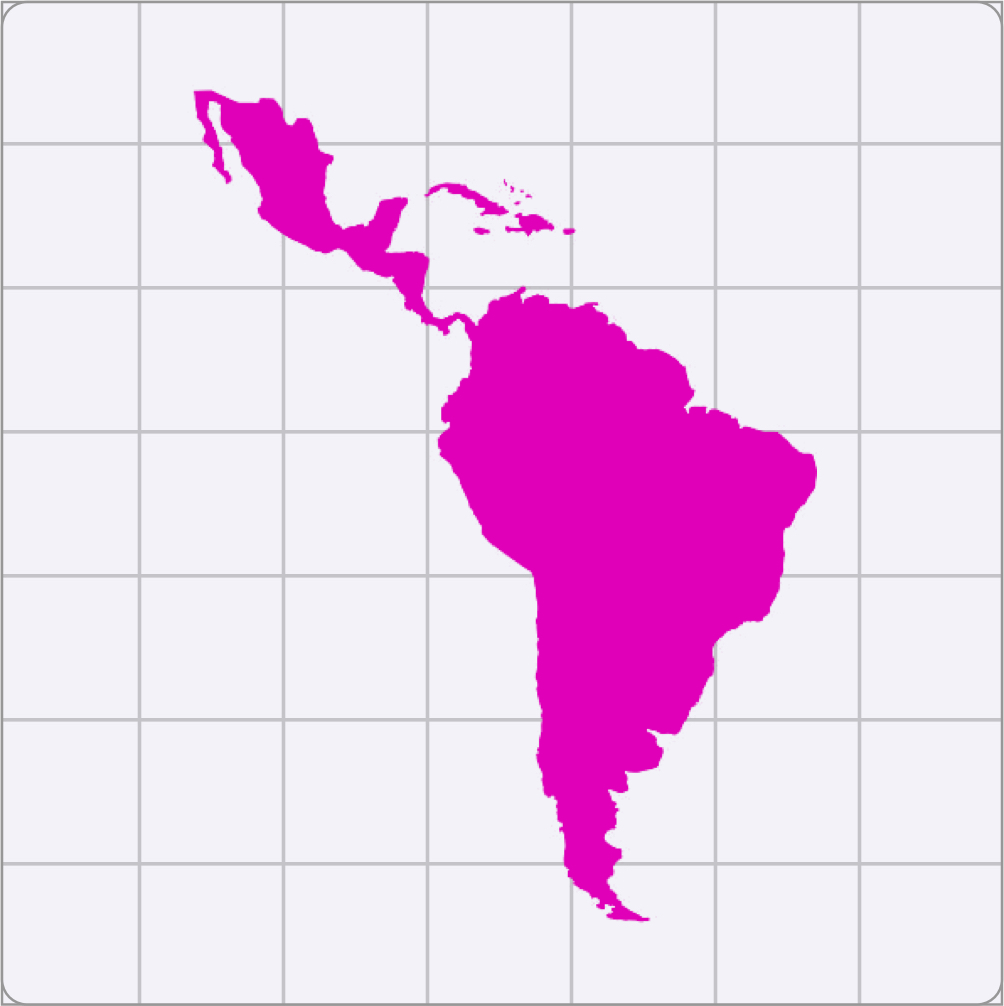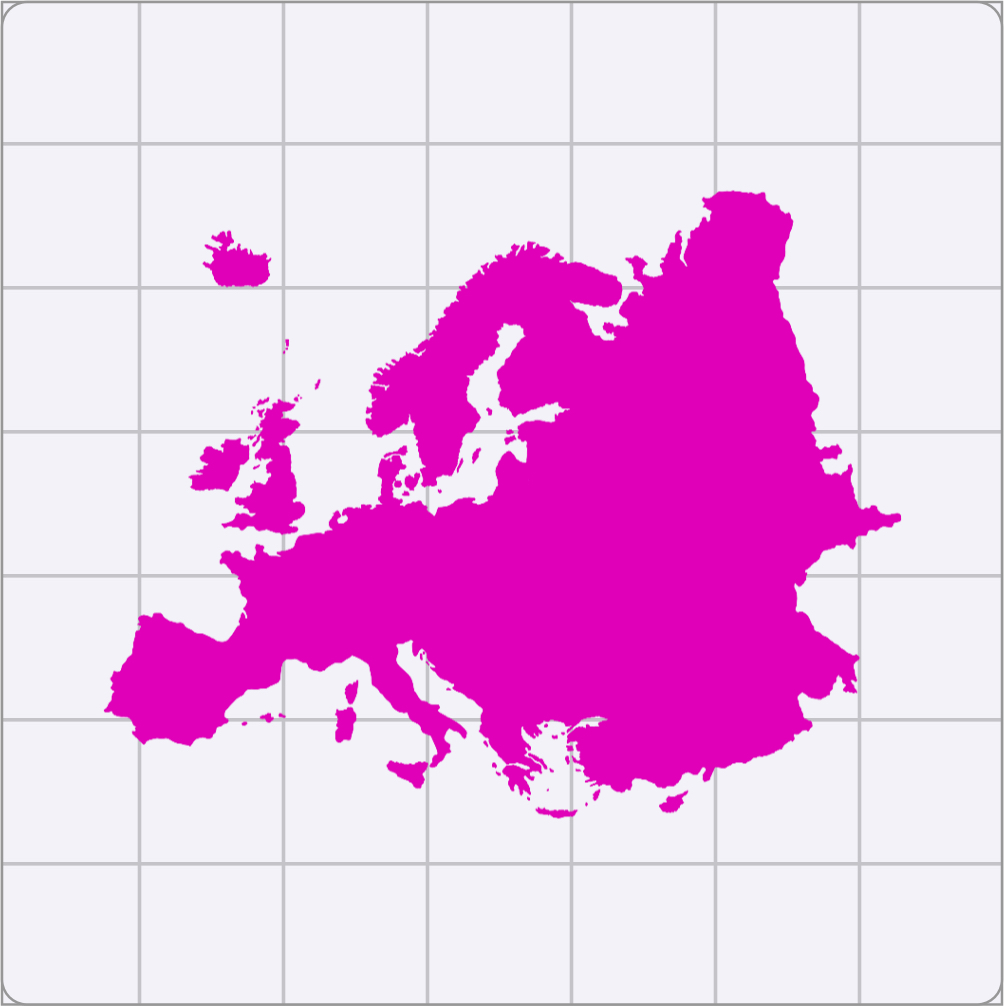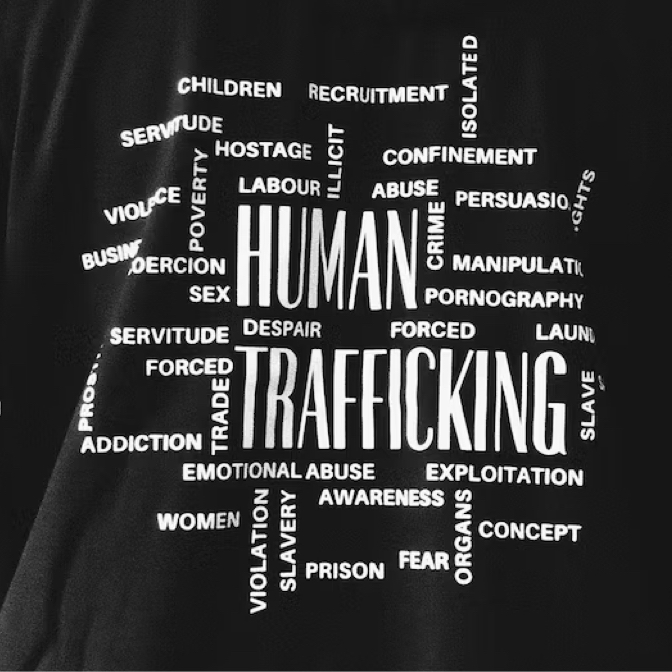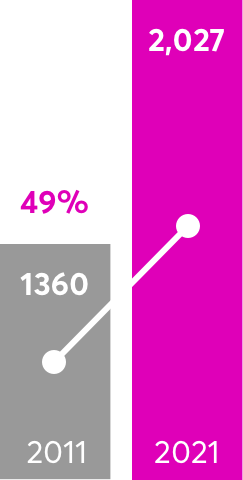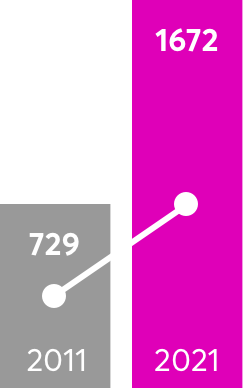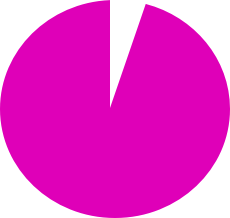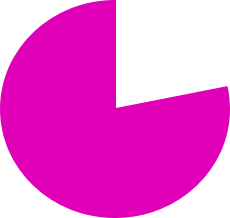Proactive Measures for safety
Dedicated Support
Our 24/7 customer service team is trained to handle trafficking-related issues, ensuring prompt and effective responses.
Advanced Monitoring
Employing AI technology, we rigorously monitor user profiles to detect and prevent any signs of trafficking.
Strict Moderation
Our photo and content moderation policies are designed to prevent misuse of our platform and protect user rights.
Community Engagement and User Guidelines
We encourage our users to actively participate in creating a safe environment by reporting any suspicious activities.
Clear, user-friendly safety guidelines are provided to educate our community on safe online practices.
Our policies and strategies are continually updated to adapt to new challenges in the fight against human trafficking.
We maintain transparency in our efforts and invite user feedback to improve our platform's safety measures.











